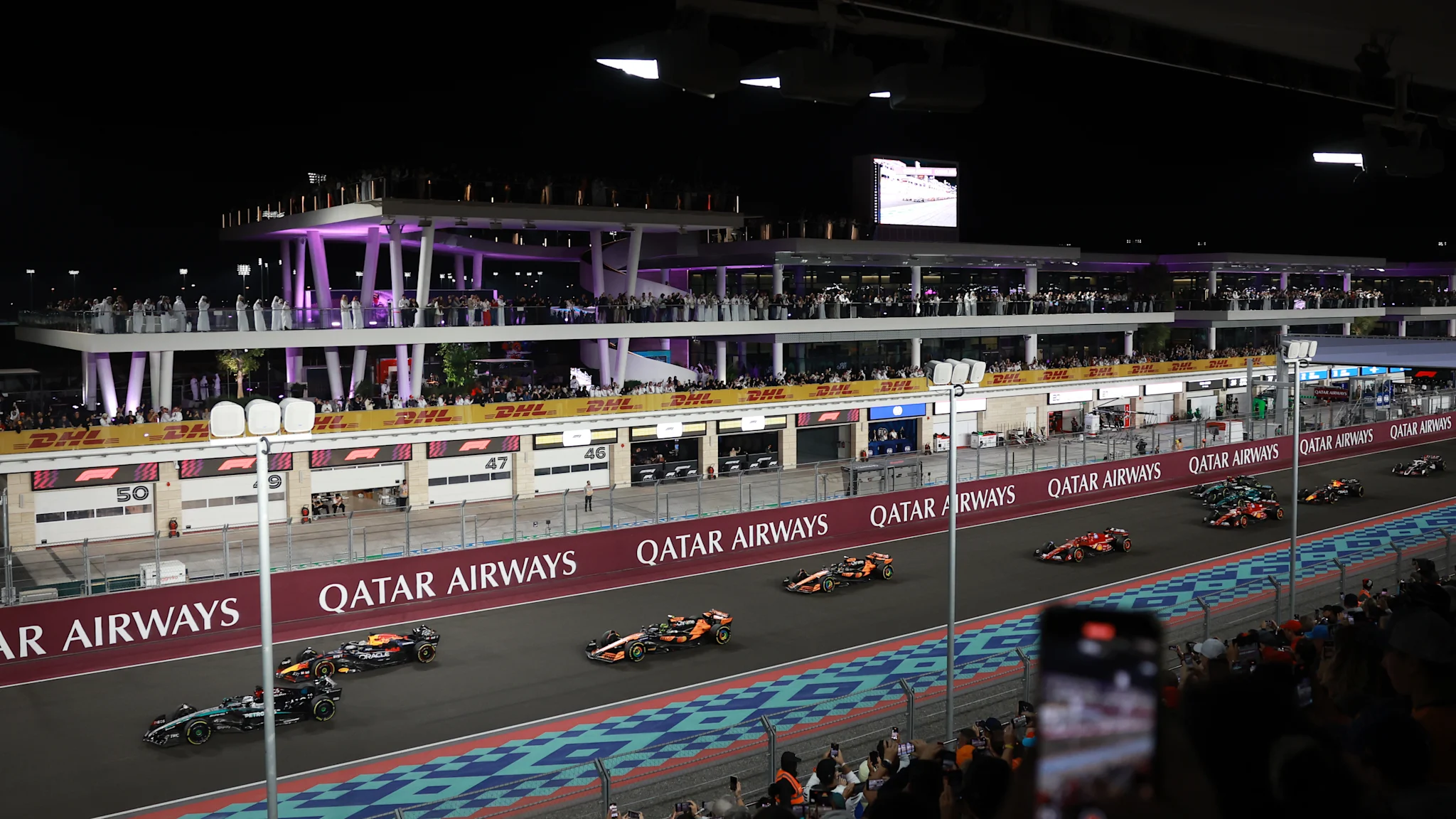A&O Shearman has advised Worldline, a leading France-based payments technology firm, on the sale of its Luxembourg-based electronic data management activity (formerly CETREL Securities) to SIX Group.
The divested unit provides services that help clients comply with regulatory requirements and minimize associated risks, including monitoring of sanctioned securities.
SIX Group, which operates Switzerland’s financial market infrastructure and offers exchange, clearing, settlement/custody, financial data, payments, and digital asset services, stated that the acquisition strengthens its position in regulatory compliance and risk mitigation. The move aligns with SIX’s growth strategy and enhances its capabilities in electronic data management.
Worldline’s decision reflects its strategic refocus on core payment activities. Earlier this year, Worldline entered agreements to divest its mobility and e-transactional services business (July 2025) and its North American operations (October 2025).
Combined cash proceeds from these three divestments are expected to range between EUR350 million and EUR400m. Closing is expected in Q1 2026.
The A&O Shearman team was led by Paris M&A partner Guillaume Isautier assisted by members of the Luxembourg office, including partner Jacques Graas, counsel Alann Le Guillou and junior associate Sophie Roth from the M&A team, partner Franz Kerger and senior associate Tiphanie Frutuoso from the Tax team, partner Catherine Di Lorenzo and senior associate Barbara Azoulay from the DDIT team, partner Baptiste Aubry, senior associate Anne-Sophie Besançon and associate Fayçal Benaïssa from the FSReg team, partner Gilles Dall’Agnol along with counsel Christophe Ernzen and junior associate Joana Cardoso from the Employment team as well as associate from the Paris M&A, Anne-Sophie Rommi. Members of the New York Corporate/DDIT practice were also involved, including partner JB Betker and associate Will Jackson.







